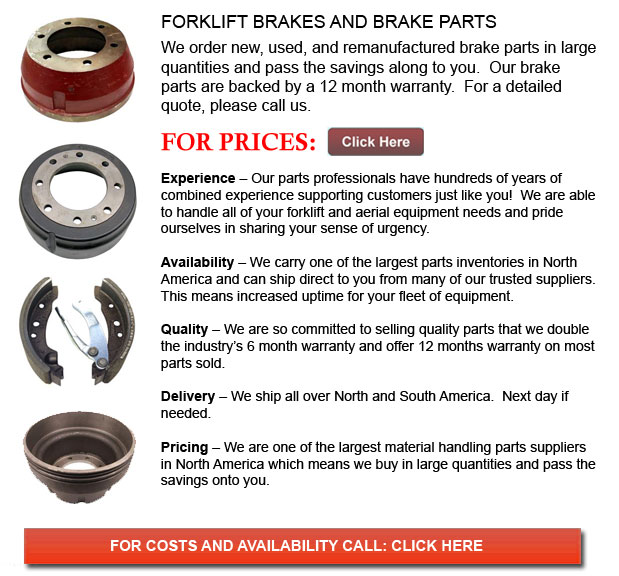
Forklift Brakes - A brake drum is wherein the friction is supplied by the brake pads or brake shoes. The shoes or pads press up against the rotating brake drum. There are a few different brake drums kinds with certain specific differences. A "break drum" would normally refer to when either pads or shoes press onto the interior outside of the drum. A "clasp brake" is the term used so as to describe if shoes press against the outside of the drum. One more type of brake, known as a "band brake" uses a flexible band or belt to wrap around the exterior of the drum. If the drum is pinched in between two shoes, it could be referred to as a "pinch brake drum." Like a typical disc brake, these kinds of brakes are quite uncommon.
Early brake drums, previous to nineteen ninety five, required to be constantly modified to be able to compensate for wear of the drum and shoe. "Low pedal" could cause the required modifications are not carried out satisfactorily. The motor vehicle can become dangerous and the brakes could become ineffective if low pedal is mixed with brake fade.
There are some different Self-Adjusting systems for braking accessible nowadays. They can be classed into two individual categories, the RAI and RAD. RAI systems are built in systems which help the apparatus recover from overheating. The most well known RAI manufacturers are AP, Bendix, Lucas, and Bosch. The most famous RAD systems consist of Bendix, Ford recovery systems, Volkswagen, VAG and AP.
Self-adjusting brakes generally utilize a mechanism that engages only whenever the motor vehicle is being stopped from reverse motion. This stopping method is satisfactory for use where all wheels utilize brake drums. The majority of vehicles now use disc brakes on the front wheels. By operating only in reverse it is less likely that the brakes would be adjusted while hot and the brake drums are expanded. If tweaked while hot, "dragging brakes" could happen, which increases fuel intake and accelerates wear. A ratchet mechanism that becomes engaged as the hand brake is set is one more way the self repositioning brakes can work. This means is just suitable in applications where rear brake drums are utilized. Whenever the emergency or parking brake actuator lever exceeds a certain amount of travel, the ratchet advances an adjuster screw and the brake shoes move toward the drum.
There is a manual adjustment knob located at the base of the drum. It is generally adjusted through a hole on the other side of the wheel and this involves going underneath the vehicle utilizing a flathead screwdriver. It is of utmost importance to move the click wheel properly and tweak every wheel evenly. If uneven adjustment happens, the vehicle could pull to one side during heavy braking. The most efficient way to ensure this tedious job is done carefully is to either lift every wheel off the ground and hand spin it while measuring how much force it takes and feeling if the shoes are dragging, or give each one the same amount of manual clicks and then perform a road test.
![]() Click to Download the pdf
Click to Download the pdf
Forklift Parts
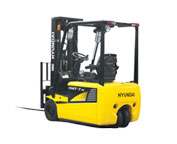

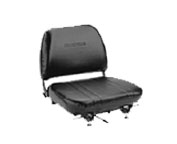
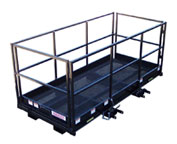
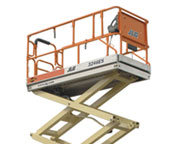
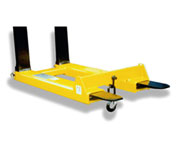
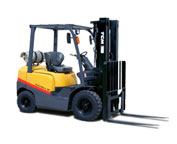
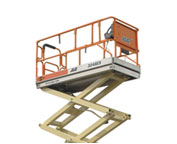
Lift Parts Express
TOLL FREE: 1-888-695-7994
Richmond, British Columbia
forkliftpartsrichmond.ca
Email Us
About Us


